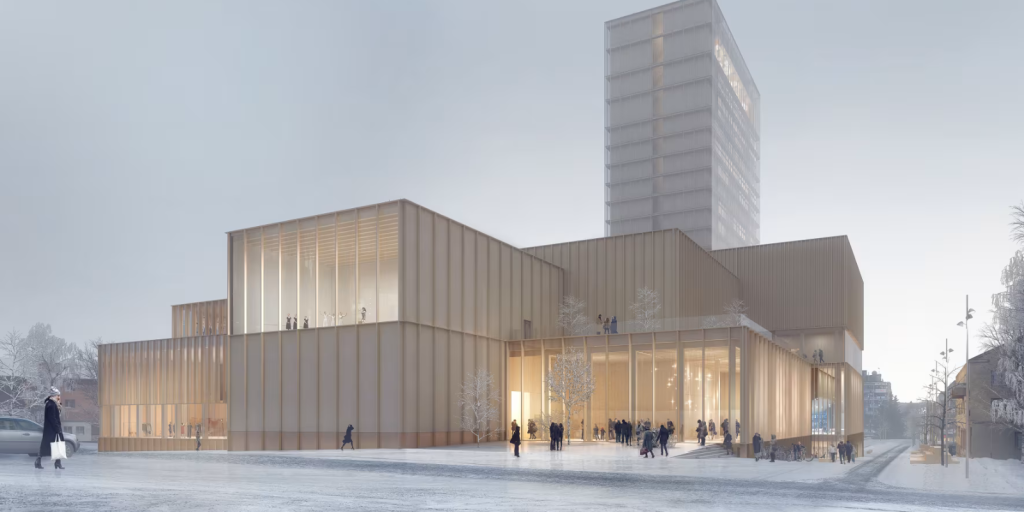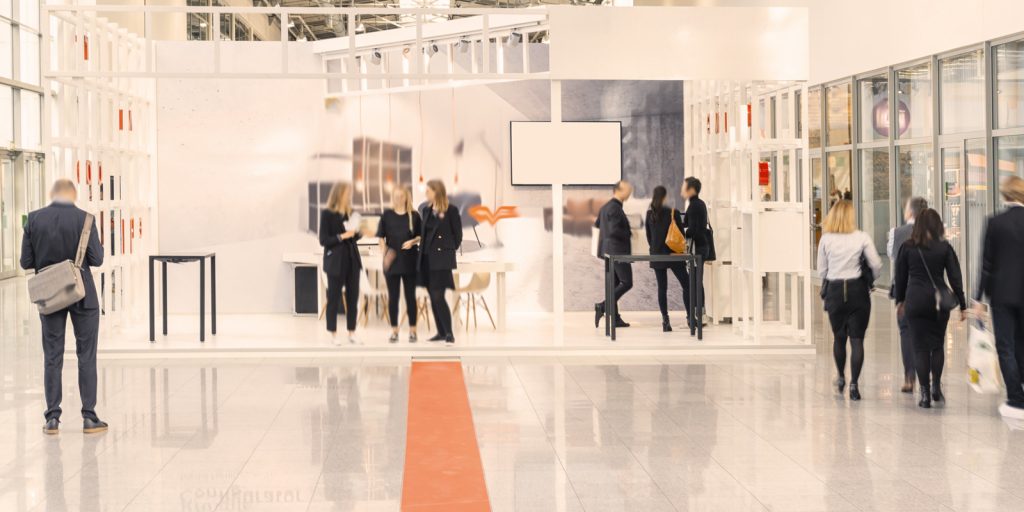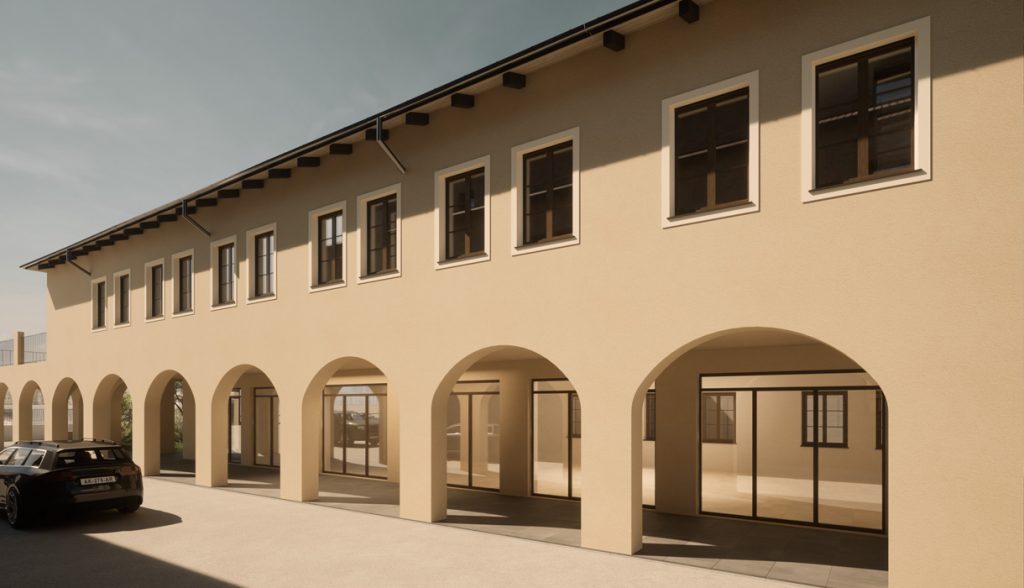AI and Machine Learning: New Horizons for Civil Engineering

Intelligenza Artificiale e Machine Learning: rivoluzionare l’Ingegneria Civile. Technological advancement has always pushed civil engineering towards new horizons. Today, Artificial Intelligence (AI) and Machine Learning (ML) are marking the beginning of a revolution, promising to transform from top to bottom the way we design, construct, and maintain our infrastructure. The Impact of AI in Design and Construction AI-Assisted Design AI is changing the game in infrastructure design, making it possible to rapidly analyze huge data sets to identify the most efficient and sustainable solutions. Through the use of ML algorithms, it’s possible to predict the impact of various environmental factors on structures, thus optimizing their resilience and durability. Construction and Resource Management During the construction phase, AI offers tools for more efficient resource management and for reducing occupational risks. Drones and robots, guided by AI systems, can perform work in dangerous conditions or access difficult areas, improving site safety and reducing the risk of accidents. Moreover, AI facilitates more accurate project planning, anticipating possible delays or problems and suggesting real-time corrections. Predictive Maintenance and Monitoring The adoption of IoT sensors and drones equipped with AI technology for infrastructure monitoring represents a significant step forward. These tools allow for continuous and detailed analysis of structural conditions, identifying early signs of degradation or damage. The ability to perform predictive maintenance, based on the collected data, greatly extends the lifespan of structures while reducing operational and environmental costs. The Bridge Inspection System with Drones: The Brooklyn Bridge The Brooklyn Bridge, one of New York’s most recognizable symbols, was the subject of an innovative monitoring project using AI-equipped drones. This technology has enabled the detection of structural problems that were not identified during traditional inspections. Thanks to high-resolution cameras and advanced sensors, the drones carried out detailed scans of the structure, while AI analyzed the images to identify cracks, corrosion, and other signs of wear. This approach has demonstrated the immense potential of AI-based technologies in infrastructure management. Not only has it improved the accuracy of inspections, but it has also made the process safer and more efficient. ML algorithms, improving with every new analysis, promise to revolutionize predictive maintenance by anticipating problems before they can cause significant damage. Towards a Resilient and Sustainable Future The integration of AI and ML in civil engineering marks the beginning of a profound transformation in the sector. These technologies not only make it possible to carry out more innovative and sustainable projects but also pave the way to a future where infrastructure will be more resilient, efficient, and safe. As these technologies continue to evolve, we can expect their application in the civil engineering sector to become increasingly widespread, driving the evolution of our cities towards a tomorrow optimized by digitalization.
Tensile structures: revolution in modern construction

In an era where architecture and engineering are constantly seeking innovative solutions to combine aesthetics, efficiency, and sustainability, tensile structures represent a cutting-edge response to contemporary construction needs. Characterized by their ability to support themselves through tension, these structures are revolutionizing the way we think about covered spaces, both temporary and permanent. But what exactly are tensile structures, and what advantages do they offer? What is a Tensile Structure? The principle behind a tensile structure is relatively simple: it consists of buildings or coverings made with materials held in tension to ensure stability and resistance. The key elements of these structures are the woven, often PVC-coated polyester, and steel. These are used to create a membrane supported by cables and anchored to pillars or other support points. This combination of materials not only offers great resistance and durability but also allows for almost unlimited design freedom, making it possible to realize coverings of vast dimensions and variable shapes. The difference between tensile structure and tent structure Although the terms’ tensile structure and tent structure are often used interchangeably, there are substantial differences between the two. A tensile structure is characterized by a structural function of the covering, in which the fabric tension contributes to the stability of the entire system. On the other hand, a tent structure relies on a load-bearing substructure, with the woven merely acting as a covering element, without contributing to the structural stability. Why choose tensile structures? Tensile structures offer several unique advantages that make them an optimal choice for a wide range of applications, from coverings for events and shows, to warehouses and corporate storage. Among the main benefits are: Cost-effectiveness: the lightness of the materials and the reduction in assembly times translate into significant savings on construction and maintenance costs. Lightness and brightness: the translucency of the used fabrics allows an optimal passage of natural light, creating bright and welcoming interior environments. Versatility and design freedom: the flexibility of the materials allows covering large spaces without the need for columns or other internal supports, freeing architectural creativity. Stability and safety: thanks to their ability to evenly distribute loads and withstand adverse weather conditions, tensile structures offer excellent stability and safety. Innovation and design: the Munich Olympiastadion The Munich Olympiastadion, designed for the 1972 Olympics, represents one of the most emblematic and innovative examples in the use of tensile structures. This project marked a turning point in modern architecture, demonstrating how construction techniques based on tension can lead to creations of extraordinary lightness and transparency. Frei Otto was inspired by the tents of nomads, capable of withstanding extreme weather conditions, to develop his tensile structures. The use of pre-stressed steel cables and Teflon allowed the creation of a covering that not only reflects the utmost structural efficiency but also a near-poetic lightness. The Olympiastadion still impresses visitors today with its modernity, resembling a vast transparent web covering over 60,000 square meters. Conclusion Tensile structures embody a perfect balance between functionality and aesthetics, offering innovative solutions for the most diverse covering needs. Their lightness, cost-effectiveness, and versatility make them an increasingly popular choice in many sectors, from the creation of spaces for events to the construction of permanent structures. In a world that demands ever more advanced and sustainable construction solutions, tensile structures represent a step forward towards the future of architecture and engineering.
X-LAM System: sustainable innovation for modern construction

In recent years, interest in sustainable building solutions has driven the adoption of innovative materials like the X-LAM construction system. In this article, we will examine the advantages of the X-LAM system and why it represents a sustainable choice for modern building projects. What is the X-LAM System? The X-LAM construction system is based on the use of cross-laminated timber panels, also known as CLT (Cross Laminated Timber). This cross-arrangement gives the material greater strength and stability compared to traditional solid wood; moreover, the panels can be produced in various sizes and thicknesses, according to the specific needs of the building project. Advantages of X-LAM Constructions The advantages of using the X-LAM system are numerous, let’s see some of them: Environmental sustainability: wood is a renewable material with low environmental impact, and the X-LAM system makes efficient use of it. The production of the panels requires less energy compared to traditional materials, contributing to the reduction of the overall environmental impact of the building. Reduced construction timelines: X-LAM panels are prefabricated in the factory and quickly assembled on the construction site, reducing overall construction times. This allows saving time and labor costs, making the X-LAM system a cost-effective choice for building projects. Lightness and strength: despite its lightness, the X-LAM system offers high structural strength. This makes it ideal for a variety of building applications, ensuring the stability and safety of the building. Design flexibility: thanks to its versatility, the X-LAM system offers numerous design possibilities. Panels can be shaped to fit different shapes and configurations, allowing architects to create creative and innovative projects. Thermal and acoustic insulation: wood offers excellent thermal and acoustic insulating properties. X-LAM panels improve the energy efficiency of the building and offer superior acoustic comfort, improving the quality of life of the occupants. Case Study: Sara Kulturhus Cultural Center The Sara Kulturhus Cultural Center is a significant example of a building constructed using the X-LAM system. Located in Skellefteå, Sweden, it stands as a contemporary architectural icon that merges innovation and sustainability. Courtesy White Arkitekter Designed by the Swedish architect firm White Arkitekter, the Sara Kulturhus features a bold and contemporary design that blends modern lines with natural materials. The structural heart of the building is made of X-LAM panels, which provide a combination of lightness and strength, allowing for wide openings and bright spaces within the building. These panels have been used for the walls, floors, and roof of the building, contributing to the construction speed and sustainability of the project. Thanks to wood as the main material and the use of the X-LAM system, the Sara Kulturhus Cultural Center stands out for its environmental sustainability. Wood is a renewable and low-environmental-impact material, and the use of the X-LAM system contributes to reducing carbon emissions during construction and to improving the building’s energy performance. Conclusions In summary, the Sara Kulturhus Cultural Center is an excellent example of how the X-LAM system can be creatively and innovatively used to create sustainable, functional, and aesthetically pleasing buildings. Its combination of contemporary design, environmental sustainability, and smart use of materials makes it a model to follow in modern architecture.
National Trade Shows in the Construction Sector 2024

The entrepreneurial model to which most engineering firms refer is often too focused on production and the associated economic aspects. However, participation in trade events in the construction and building sector can be equally important and informative. Here are some reasons why you should consider participating: Corporate promotion: interact with other industry professionals and promote your company. Customer acquisition: seize the opportunity to meet potential new clients. Technological updates: discover new technologies and software to improve business processes. Exploration of new materials and techniques: learn about new materials and construction techniques. Participation in training seminars: deepen your knowledge by participating in technical seminars. Here are some of the trade events in the construction sector for 2024: EDILEXPOROMA – Rome It will be held in Rome from May 15th to 19th, 2024, at the FIERA ROMA venue, and will involve approximately 400 exhibitors including public and private entities from the following sectors: Companies specialized in heavy construction (Excavators, Elevated Work Platforms, Scaffolding, etc.); Companies specialized in materials and plant systems (Lighting technology, HVAC, Home automation, etc.); Companies specialized in materials and systems for construction (Flooring and cladding, Windows and doors, Decorations, etc.); Companies specialized in plant and construction design (engineering firms and professional studios). SED Salone Edilizia Digitale – Caserta SED will take place in Caserta from May 23rd to 25th, 2024, at the A1 EXPO exhibition center and will involve various sectors: Software and digitalization; Solutions and materials for construction; Systems and home automation; Machinery and equipment; Lightweight construction. SAIE 2024 – Bologna SAIE trade fair will be held in Bologna from October 9th to 12th, 2024, at the Bologna Fiere venue, and will involve the following sectors: Design and Digitalization; Construction; Systems; Services and media. RESTRUCTURA 2024 – Torino RESTRUCTURA will take place in Turin from November 21st to 23rd, 2024, at the Oval Lingotto Fiere and will involve the following sectors: Redevelopment, recovery, and renovation of buildings; Green building. Take part of these events to stay updated on the latest developments in the construction sector and to expand business opportunities for your company.
Interference Management: integrated BIM-MEP design

Interference management is an aspect that involves all phases leading to the completion of a project, from the design phase to the execution phase. Managing interferences is not easy, especially when the project to be designed and realized involves many aspects, such as architectural, mechanical, electrical, and plumbing (MEP), and structural components. Possible interferences in the design phase To avoid errors due to interferences between these parts, it is important to rely on working tools such as BIM, which allow simultaneous work on the various components of the project and have the right comparisons already in the design phase. As already mentioned, the first interferences between design sectors manifest themselves in the initial design phase. The most common examples of interferences and conflicts that can occur between MEP and architectural components are as follows: space problems for the placement of systems; structural conflicts resulting from inadequate coordination. Integrated BIM – MEP design for interference management Resolving interferences in the design phase is crucial to avoid additional costs and delays in project completion. For this reason, it is important to rely on integrated design tools such as BIM – MEP, which allow optimal coordination between the various components involved in construction and data sharing among professional figures. Therefore, BIM – MEP design allows for complete coordination during the construction process, anticipating and resolving many issues and conflicts already in the design phase. The shared use of models allows for active management of interferences between systems and architectural and structural models, identifying and resolving system interferences even before they translate into execution problems. The benefits of integrated BIM-MEP Design The primary benefits of BIM-MEP design include: 3D development of the design. Integrated and interdisciplinary design facilitating collaboration and data sharing among various professional figures involved. Management of interferences between systems and the architectural and structural model. Rapid processing of projects. Ease of making changes to projects. Increased precision in evaluations. Reduced likelihood of errors and issues on-site. Accurate control over project timelines and costs. Improved clarity in communicating project decisions. Streamlined management even during the maintenance phase. Practical example of managing interferences between architectural and MEP projects The images below show an interference between architectural and MEP (Mechanical, Electrical, and Plumbing) projects. In particular, images 1 and 2 depict two design phases of the VRF (Variant Refrigerant Flow) system. Image 1 concerns the final design phase of the VRF system; in this phase, the elevator system, previously nonexistent, was incorporated. As evident from the image, the passage of VRF system piping interfered with the elevator shaft. The designers identified the interference through the integrated working method and found a solution already in the design phase (see image 2).
Plant refunctionalization project for a municipal building – Osasio

The innovative social housing project, conceived and realized by Orbyta Engineering, has breathed new life into a municipal building, transforming it into a facility dedicated to the well-being of self-sufficient elderly individuals. An operation that goes beyond architectural refurbishment, including an advanced approach to plant design to ensure a sustainable and comfortable environment. Plant design The building, spread over two above-ground floors, has been designed to accommodate various activities. The ground floor will host medical offices, while the upper floor will be entirely dedicated to social housing for self-sufficient elderly individuals. VRF system A key element of this design is the Variable Refrigerant Flow (VRF) system, characterized by an outdoor motor-condensing unit controlled by an inverter and a number of indoor units installed at floor level, ensuring high energy efficiency. This system not only allows for precise control of indoor temperature and humidity but also significantly contributes to environmental sustainability. VMC system The presence of a Mechanical Controlled Ventilation (MCV) system on both floors, for both the medical offices on the ground floor and the Social Housing on the upper floor, promotes continuous air exchange and environmental purification. The integration of heat recovery units optimizes energy efficiency, ensuring high standards of comfort and healthiness. Underfloor heating system and drainage system The use of a radiant underfloor heating system, supported by an air-water heat pump and insulating panels, ensures uniform and efficient heat distribution. The drainage system, designed in accordance with current regulations, includes pipes sized according to flow rate and a pumping station for wastewater lifting. Photovoltaic panel system The implementation of a 15 kW photovoltaic system, located on the building’s roof, represents a milestone in promoting energy sustainability, allowing for solar energy production. To learn more about the energy efficiency project carried out, check out our Portfolio. Underfloor heating system Photovoltaic panel system VMC system
